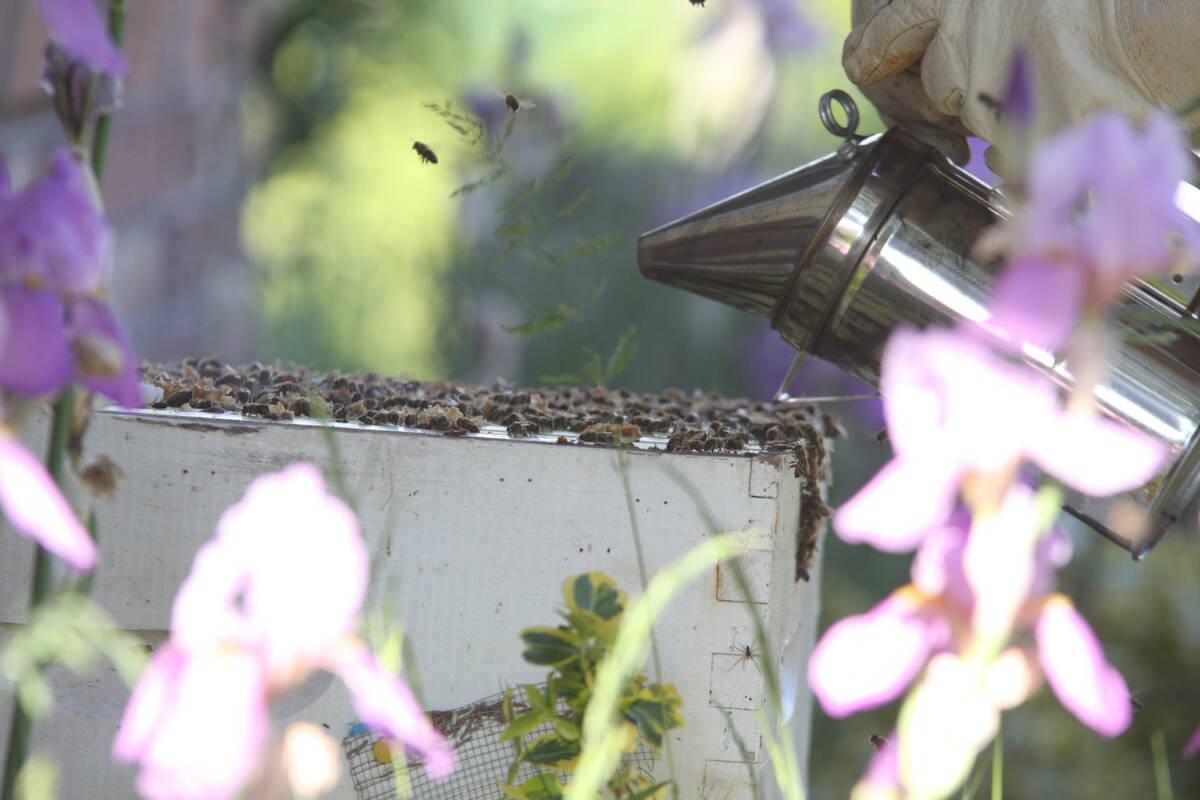Statistics Canada made it official last week. Prairie farmers grew 7.1 million tonnes of canola this summer, the largest crop ever.
And even though canola production is one-third higher than the 1993 crop, surging world demand for vegetable oil has pushed oil prices higher.
January canola traded up near the $10-limit on Dec. 5, with prices closing at $437.50.
Soyoil futures in Chicago set new December and January contract highs on Dec. 5.
Front-end demand for old crop oil is raising 1995 prices.
November canola futures in Winnipeg closed Dec. 5 at $391.70. Ian Morrison, market strategist for Alberta Wheat Pool in Calgary, said historically that price is good value.
Read Also

Manitoba beekeepers battle for survival
Honeybee colony losses have hit 43 per cent, making 2025 the latest in a string of poor bee survival years for Manitoba’s honey producers
“It used to be that $6 was a good canola price, now it’s $7,” he said, as a way to illustrate how drastically the fundamentals of the crop have shifted.
Greg Kostal of the UGG’s Grower Marketing Services in Winnipeg concurs that $8 a bushel new-crop canola is unheard of at this time of year.
For both analysts, the strength of new crop prices is a signal that farmers should think seriously about pricing a portion of their 1995 canola crop.
Kostal said the best way to guarantee a better-than-average price for a crop is to sell it in bits and pieces as prices jump $20 or $30 a tonne throughout the year.
Kostal isn’t advocating huge sales. He wouldn’t sell more than 10-15 percent of expected 1995 production at a futures price no less than $385. If prices fall below $375, Kostal advises not to sell.
Morrison said he would think about selling 25 percent of expected production, but not at prices lower than $400 per tonne. As of this writing, the Nov. ’95 canola in Winnipeg had yet to hit that target.
Morrison and Kostal have “stops” in their plans for one reason. No one is expecting 14.4 million acres of canola will be planted this in 1995. Crop rotation limits and decent prices for wheat and barley will pull acres out of canola, back into cereal crops.
Brenda Brindle, consultant with KenAgra Management Services in Edmonton, said before farmers price any of their 1995 crop, they need to estimate their 1995 production expenses using current input costs.
“We may have higher prices, but not necessarily better margins,” she said.
Her message is to make sure you’re locking in a good profit if you do forward sell.














